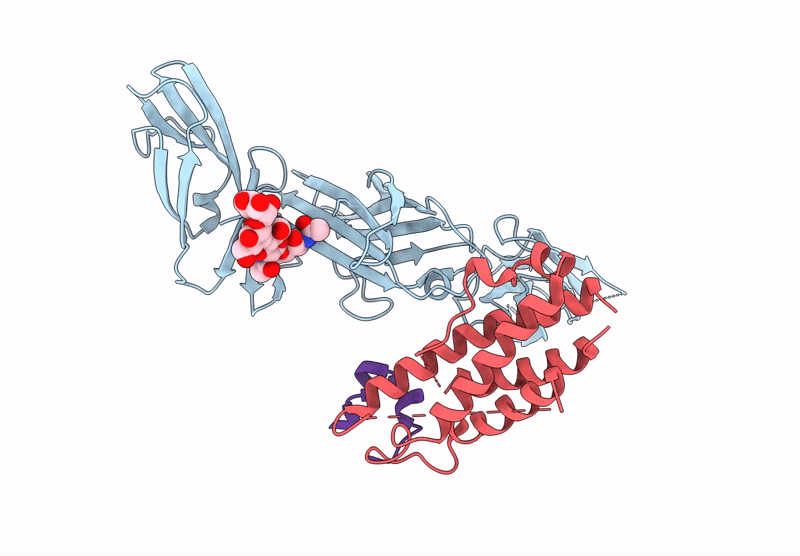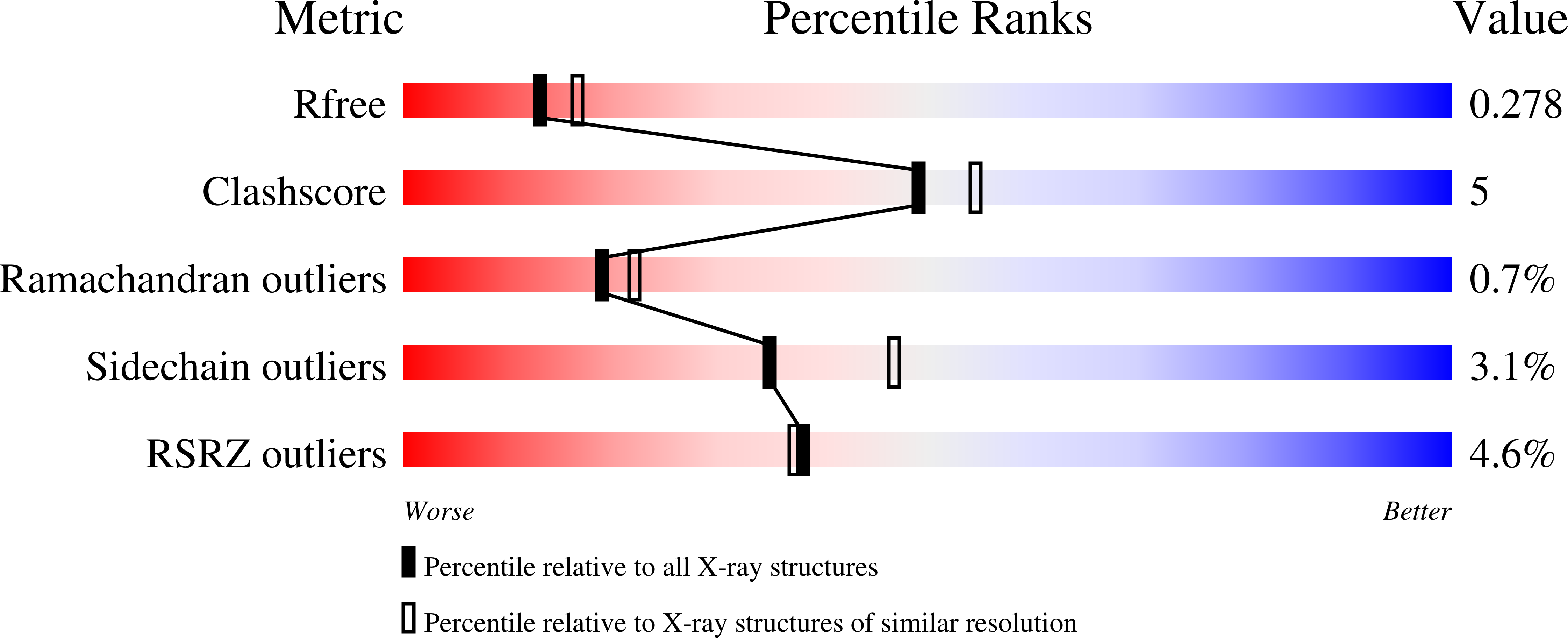
Deposition Date
2023-11-01
Release Date
2025-07-09
Last Version Date
2025-07-30
Entry Detail
PDB ID:
8UUI
Keywords:
Title:
X-ray structure of Interleukin-23 in complex with peptide 23-446
Biological Source:
Source Organism:
Homo sapiens (Taxon ID: 9606)
unidentified (Taxon ID: 32644)
unidentified (Taxon ID: 32644)
Host Organism:
Method Details:
Experimental Method:
Resolution:
2.43 Å
R-Value Free:
0.27
R-Value Work:
0.22
R-Value Observed:
0.22
Space Group:
P 61


